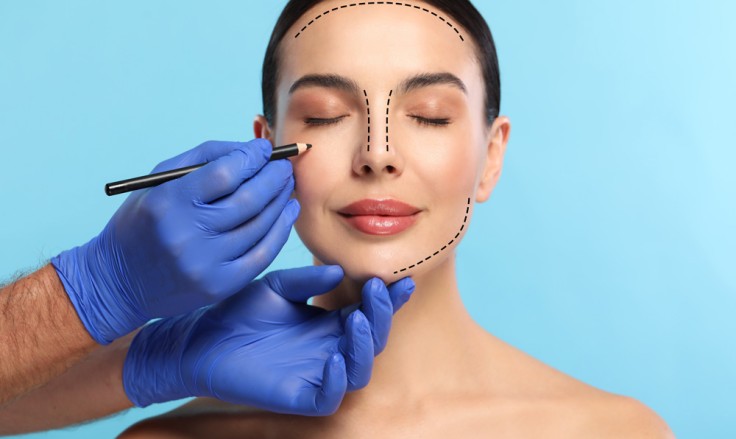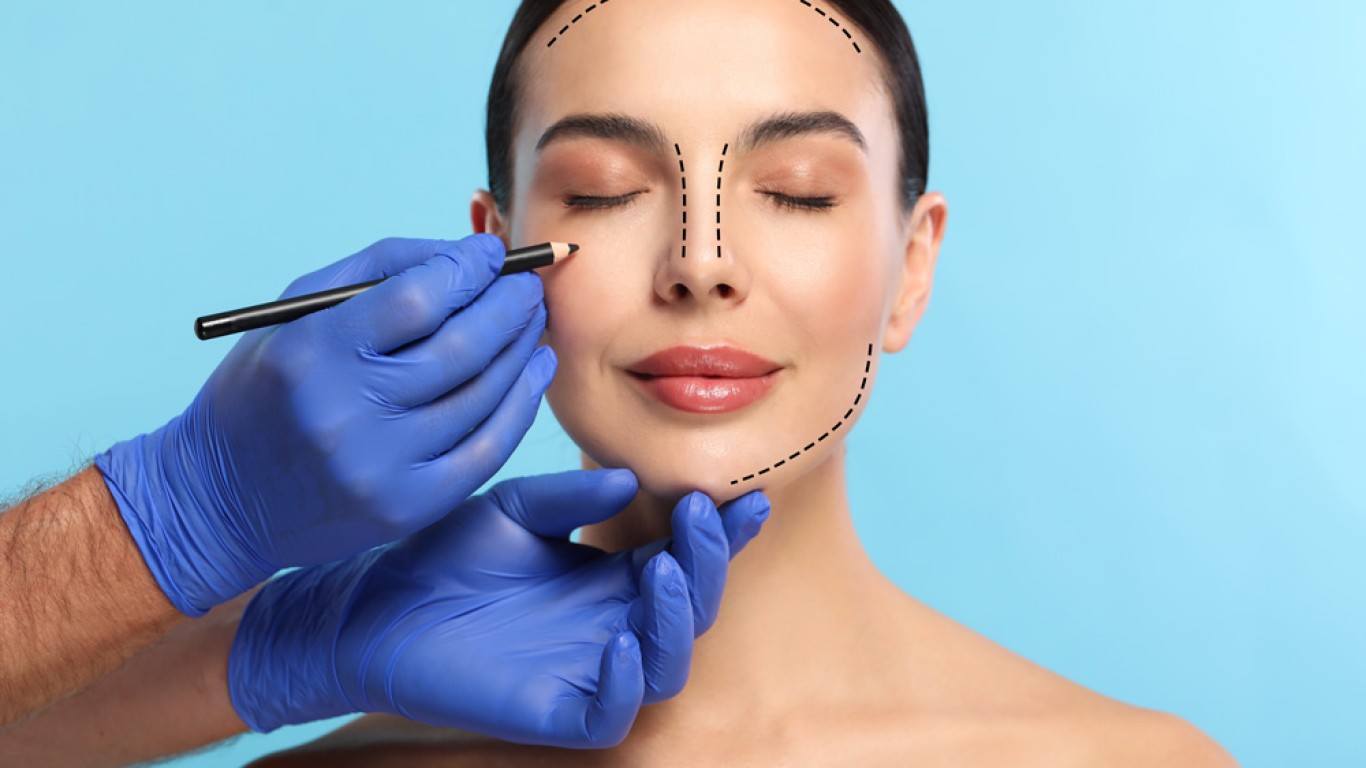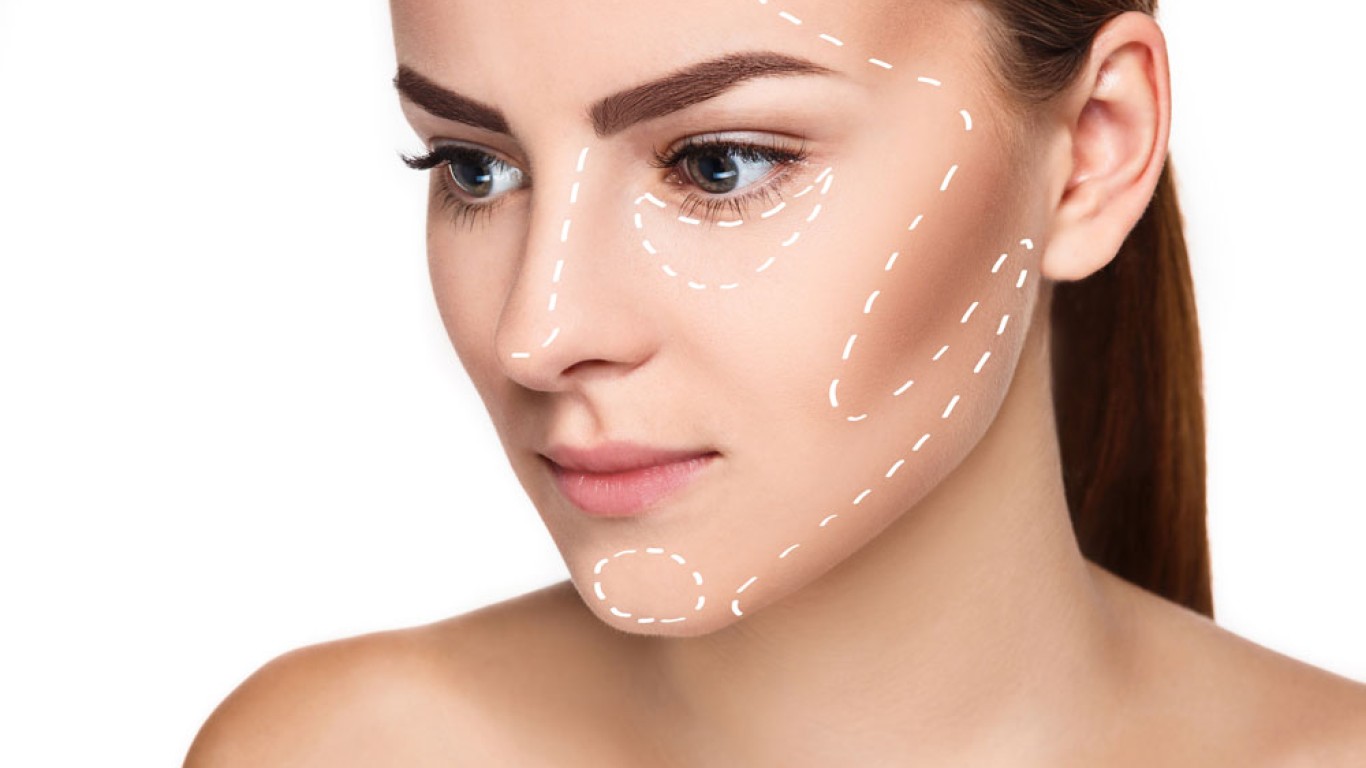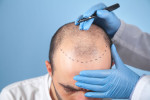Facial ageing is a concern for many individuals seeking a refreshed and youthful appearance. Both Rhytidectomy and Botox offer effective solutions. But they differ greatly in approach, longevity and overall outcome. Understanding what each treatment involves and how long the effects last will help you make the right choice for your goals.
What Is Rhytidectomy?
Rhytidectomy, commonly known as a facelift, is a surgical procedure designed to tighten sagging skin. It also addresses deep wrinkles and lifts facial tissues for a more youthful look. Unlike temporary treatments, it repositions underlying facial muscles and removes excess skin.
The procedure typically targets the lower face and neck. Results are often dramatic and significantly reduce visible signs of ageing. Because it is surgical, Rhytidectomy offers long-lasting improvements compared to non-invasive options.
What Is Botox?
Botox is a non-surgical injectable treatment that relaxes facial muscles. It helps smooth out dynamic wrinkles - those caused by repetitive facial expressions. Botox is most effective for forehead lines, crow’s feet and frown lines between the eyebrows.
The procedure is quick, usually lasting under 30 minutes, with minimal downtime. Botox does not involve incisions or stitches. While results appear faster, they are temporary and require ongoing maintenance every few months to preserve the effect.
How Long Do Rhytidectomy Results Last?
Rhytidectomy offers long-term results. Most patients enjoy noticeable improvements that last 8 to 10 years, sometimes even longer. Of course, individual factors like skin quality, age, and lifestyle will affect the exact duration. Because the skin and muscles are physically lifted and tightened. The results resist the pull of gravity over time. Although ageing continues, the improvements from surgery create a much younger appearance for years.
How Long Does Botox Last?
Botox delivers results that typically last between 3 to 6 months. After that, muscle activity gradually returns, and lines begin to reappear. Therefore, regular maintenance sessions are necessary to keep the skin smooth. Although Botox is highly effective for mild to moderate wrinkles, it doesn’t offer permanent change. Its main strength lies in subtle, temporary enhancements without surgery.
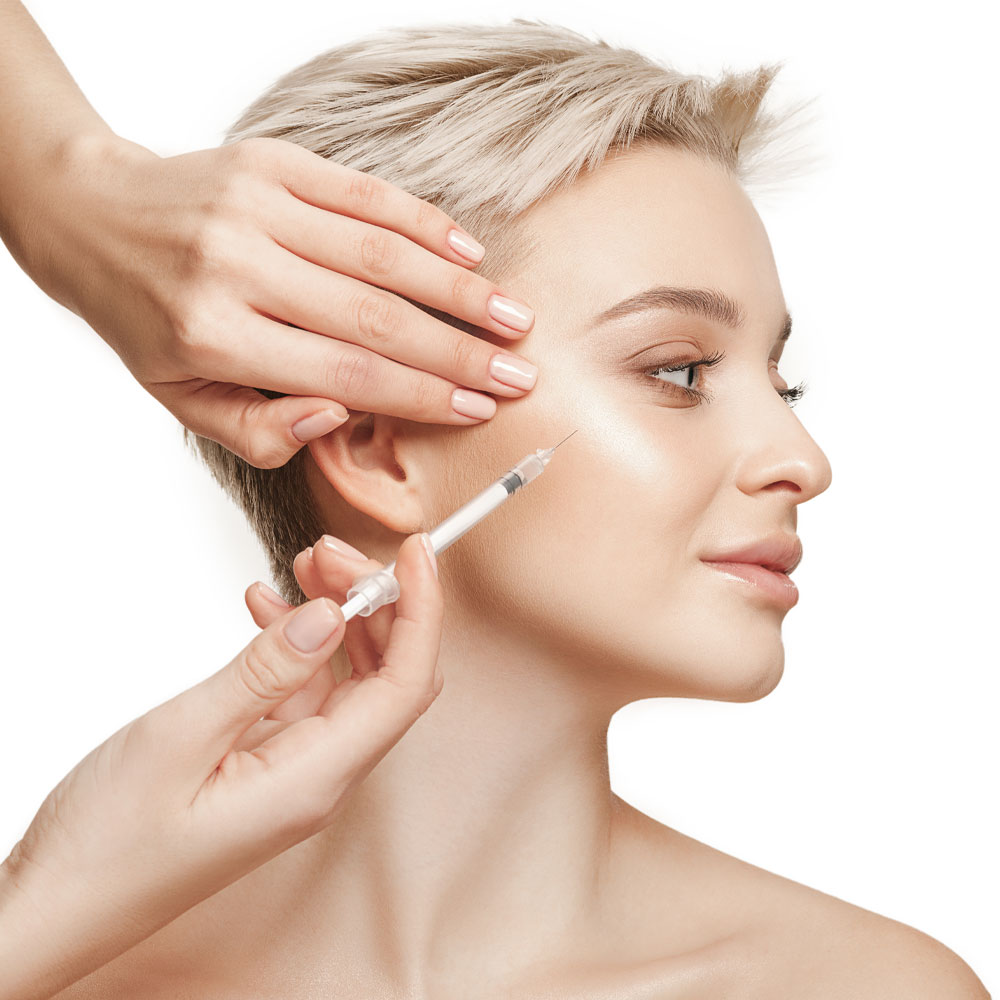
Comparing Longevity: Which One Wins?
When comparing the longevity of results, Rhytidectomy clearly outlasts Botox. While Botox is an excellent short-term solution, its results fade much quicker. In contrast, Rhytidectomy gives results that can last nearly a decade. If your main concern is lasting improvement, Rhytidectomy is likely the better choice. However, the decision also depends on factors like downtime, budget, and personal comfort with surgery.
Recovery Time: What to Expect with Each Option
- Rhytidectomy involves a more extended recovery period. Most people need two to three weeks off work, with visible swelling or bruising during this time. Final results continue to improve over several months.
- Botox, on the other hand, requires no recovery. You can return to daily activities immediately. Minor side effects like swelling or bruising at the injection site usually resolve within a day or two.
- If you need a quick fix without downtime, Botox may be more appealing. However, if you can manage recovery time, Rhytidectomy offers deeper and longer-lasting benefits.
Cost Differences and Value Over Time
- Botox treatments are less expensive upfront, but the cost adds up over time due to frequent repeat sessions. Many patients return every four months, which can result in substantial yearly expenses.
- Rhytidectomy requires a larger initial investment, but it is a one-time procedure with results that can last up to 10 years. When viewed long term, the cost per year may be less than regular Botox maintenance.
- Therefore, if budget is a concern and you're looking for value over time, Rhytidectomy could be the more economical option in the long run.
Which Is Right for You?
Choosing between Rhytidectomy and Botox depends on your age, skin condition, goals, and comfort with surgery. Botox is ideal for younger patients or those with minimal signs of ageing. It's also popular for people seeking quick improvements without significant commitment.
Rhytidectomy is better suited for individuals with deeper wrinkles, sagging skin, or loss of facial volume. If you’re looking for dramatic and enduring results, it’s the preferred method. Many patients start with Botox and later choose Rhytidectomy when signs of ageing become more advanced. Some even combine both for optimal results.
Combining Botox with Rhytidectomy for Best Results
Interestingly, Botox and Rhytidectomy can complement each other. Some surgeons recommend using Botox after a facelift to maintain smoother skin and prolong results. Botox can reduce facial tension, allowing the surgical work to last even longer.
Combining treatments offers both immediate and long-term benefits. It also enables a more natural, refreshed appearance by targeting different causes of wrinkles and sagging. This blended approach is becoming increasingly popular, especially for patients who want to delay a second surgery or maintain their youthful look for longer.
The Emotional Impact of Facial Rejuvenation
Both Botox and Rhytidectomy can significantly improve self-esteem. Feeling better about your appearance often boosts overall confidence and mental well-being. Looking younger can also lead to more positive social and professional interactions. Although the changes are physical, the psychological benefits are real. Patients often report increased happiness, reduced anxiety, and greater comfort in their own skin. Whichever method you choose, the impact goes beyond the mirror.
Why Istanbul Is a Popular Destination for Facial Treatments
Istanbul has gained international recognition for high-quality cosmetic procedures, including Rhytidectomy and Botox. Patients from all over the world travel to Turkey for advanced techniques, experienced surgeons, and affordable packages.
Clinics in Istanbul often offer all-inclusive services, covering accommodation, aftercare, and transport. This makes it convenient and cost-effective for those considering treatment abroad. Moreover, many doctors speak English and provide in-depth consultations for peace of mind.
If you’re open to medical tourism, Istanbul is worth considering as a top destination for facial rejuvenation.
Conclusion
When it comes to longevity, Rhytidectomy stands out as the longer-lasting option. It offers more dramatic, permanent results compared to the temporary effects of Botox. However, both treatments have their strengths depending on your goals, budget, and willingness to undergo surgery. Whether you want quick refinement or a complete facial refresh, both options can significantly enhance your confidence and appearance.
For more information on rhytidectomy and to book a consultation visit the ACIBADEM Beauty Center Rhytidectomy webpage.
Frequently Asked Questions
Botox is non-surgical and carries fewer immediate risks, but both are safe when performed by professionals.
Consult a qualified surgeon to assess your skin and recommend the best option for your needs.
It removes many wrinkles and sagging, especially in the lower face and neck, but not all fine lines.
Yes, Botox is more effective for dynamic wrinkles and younger skin with minimal sagging.
Initial results appear within weeks, but final outcomes become visible after swelling fully subsides.
